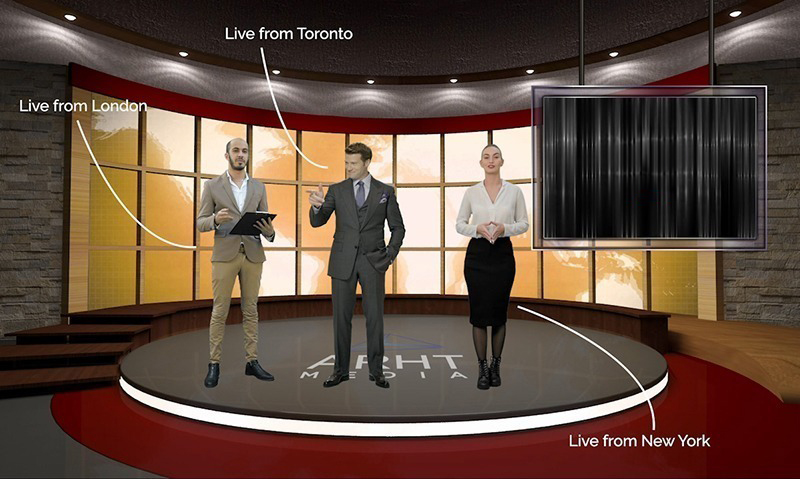Exploring the Advantages and Disadvantages of Static Framework and Portable Projection Screens for Every Viewing Occasion
Exploring the Advantages and Disadvantages of Static Framework and Portable Projection Screens for Every Viewing Occasion
Blog Article
When it pertains to experiencing films, displays, or video games, the type of projection display used can greatly influence the viewing experience. Two common choices are fixed frame displays and mobile projecting screens. Both type has its own set of advantages and drawbacks that can influence which option is best for a specific situation. Understanding these differences can assist individuals and organizations make knowledgeable decisions about their watching setups.
Fixed frame projecting screens are designed to be permanently installed in a particular location. A primary of the main benefits of fixed frame screens is their ability to offer a flat, even area for projecting images. This evenness guarantees that the image quality is sharp and clear, which is particularly crucial for HD content. Additionally, fixed frame screens often come with a black frame that enhances differentiation and causes the displayed picture pop more. This kind of display is perfect for residential cinemas or dedicated presentation rooms where the configuration will not change often.
Conversely, mobile projection screens offer flexibility and ease of use. These displays can be readily set up and dismantled, making them ideal for occasions that require movement, such as meetings, educational settings, or al fresco film screenings. Portable displays come in various sizes and styles, including tripod and foldable options, allowing users to choose one that fits informative post their requirements. The ability to transport these screens makes them a popular choice for people who require to show in various places or for those who do not have a permanent area for a stationary screen.
Nonetheless, there are some limitations to each types of screens. Fixed frame displays can be more expensive and necessitate expert installation, which may not be practical for all. Additionally, after mounted, they cannot be relocated with ease, restricting their use to a single place. On the flip side, mobile displays may not offer the equivalent level of picture clarity as fixed frame screens. They can sometimes have wrinkles or folds that affect the projection, especially if they are not set up properly. This can be a concern for those who prioritize image clarity over ease of use.
An additional consideration to take into account is the area available for the display. Stationary displays need a dedicated space with enough surface space and suitable illumination settings to enhance the watching encounter. This can be a constraint for those residing in compact homes or apartments. Portable screens, however, can be employed in multiple settings, from large auditoriums to cozy sitting areas. This versatility makes them a sensible option for numerous users, especially those who may not have a fixed configuration.
In conclusion, both stationary and mobile projection displays have their distinct advantages and disadvantages. Fixed frame screens shine in providing superior pictures and a professional appearance, making them suitable for specific viewing areas. On the flip side, portable screens offer flexibility and ease of use, making them ideal for on-the-go displays and occasions. By weighing the advantages and drawbacks of both kind, individuals and entities can select the projection screen that most meets their specific needs and improves their watching encounter.